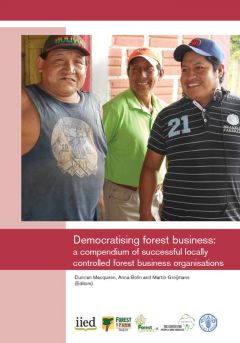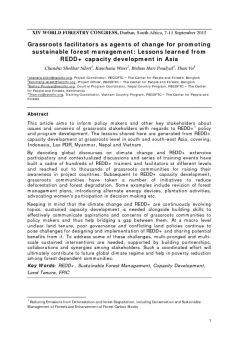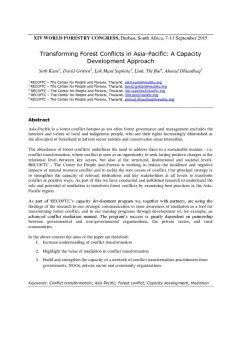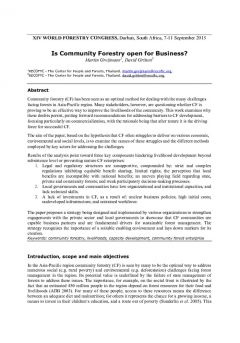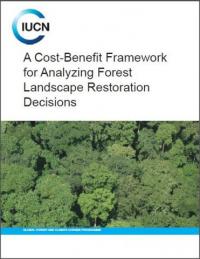Decision No. 1636/QD-TTg approving the adjusted master plan on socio-economic development of Lao Cai province through 2020, with a vision toward 2030.
This Decision approves the adjusted and supplemented master plan on socio-economic development of Lao Cai province through 2020, with a vision toward 2030 with the following principal contents: 1. The master plan on socio-economic development of Lao Cai province must conform to the national socio-economic development strategy, the master plan on socio-economic development of the northern midland and mountainous regions and be in line with sectoral development master plans nationwide. 2.


